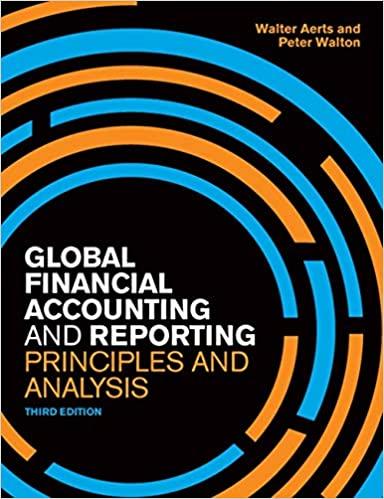Answered step by step
Verified Expert Solution
Question
1 Approved Answer
TAB 5 - Label Tab S CVP Analysis (12 Points) Copy your CVP Analysis Spreadsheet to Tab 5. Solve for Break Even in both Units

TAB 5 - Label Tab S CVP Analysis (12 Points) Copy your CVP Analysis Spreadsheet to Tab 5. Solve for Break Even in both Units and Sales Dollars as well as Target Profit in both Units and Sales Dollars using the following variables: # of Units 2000 Revenue $100,000 Variable Expenses $50,000 Fixed Expenses $25,000 Target Profit $30,000 TAB 6 - Label Tab 6 Sales and Cash Collections (10 Points) Copy your Sales and Cash Collections Budgets to Tab 6. Solve for total sales and cash collected using the following variables. Table should represent 4 QTRS and the year totals. Q1 total sales is the last three digits of your A number. Sales double each subsequent QTR. Selling price is $50 per unit You collect 90% in each sales QTR and the remaining 10% the following QTR You have no Accounts Receivables from the prior year TAB 7 - Label Tab 7 Production Budget (10 Points) Copy your Production Budget to Tab 7. Using the budgeted sales from your previous sales budget (Tab 6) create a production budget. Your desired ending inventory is 10% of the next QTRS sales. In Q4 your have reach max production capacity which continues into next year. TAB 8 - Label Tab 8 Flexible Budget (10 Points) Copy your Flexible Budget on to tab 8. Solve for the Activity and Spending variances using the following data: Estimated q = 9000 Actual q = 8400 Budgeted Actual Expenses: Popcorn = 30 per unit $3100 Soda 25 per unit $2250 Candy 50 per unit $4300 Wages $20,000 $20,000 Rent $12,000 $12,000 Insurance $1,000 $1,000
Step by Step Solution
There are 3 Steps involved in it
Step: 1

Get Instant Access to Expert-Tailored Solutions
See step-by-step solutions with expert insights and AI powered tools for academic success
Step: 2

Step: 3

Ace Your Homework with AI
Get the answers you need in no time with our AI-driven, step-by-step assistance
Get Started


